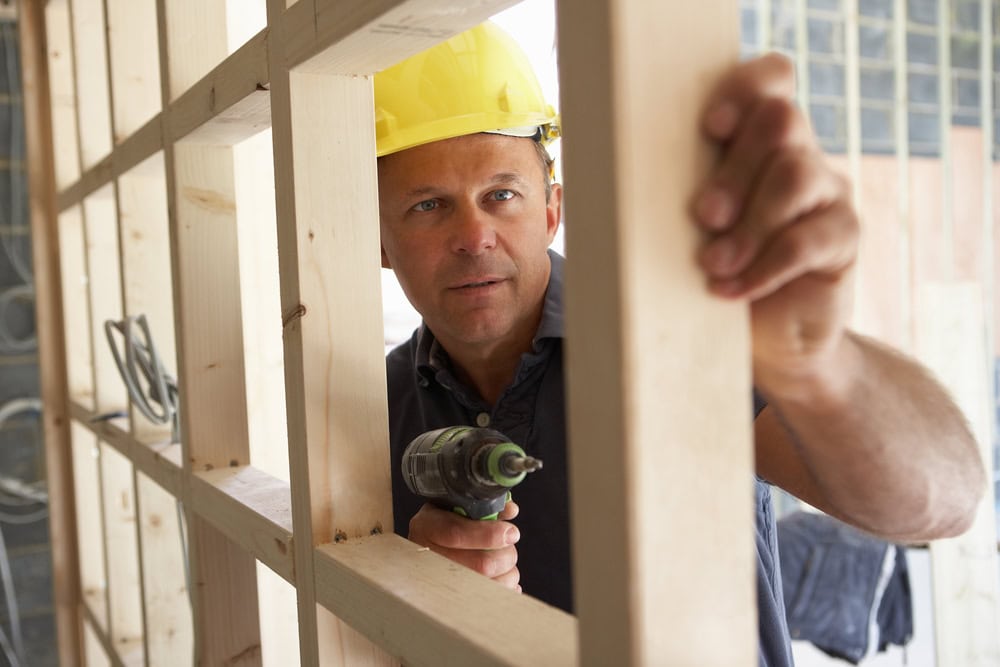New Independent Contractor Rules Compliance Guide for 2025
California’s contracting landscape has undergone significant changes with the implementation of the Freelance Worker Protection Act (FWPA) effective January 1, 2025. Whether you’re preparing for your contractor’s license exam or already operating in the field, understanding these new requirements is essential for maintaining compliance and protecting your business. These changes represent the most substantial revision … Read more










